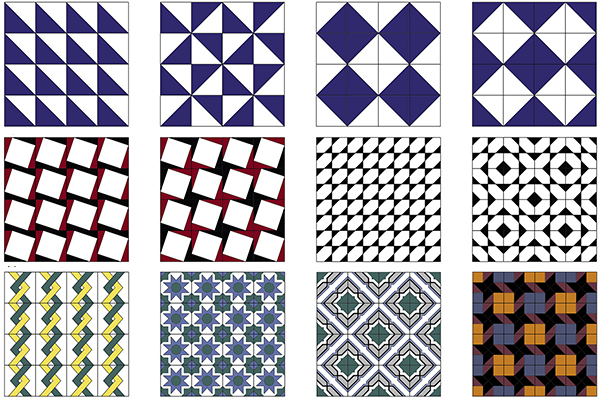Geometric patterns in the decorations of Vietri ceramics
DOI:
https://doi.org/10.15168/xy.v4i8.152Keywords:
decorative structure, patterns, riggioleAbstract
The use in architecture of decorative elements made of ceramic material, for making floors or wall tilling, has ancient origins and has been increasingly widespread over the centuries. These coatings have constituted singular occasions for artistic expression: in them, in fact, the ornament plays with the shapes of the single ceramic tile, intertwining with the chromatic research. A multiform composition is so obtained, often with abstract and markedly geometric motifs. In Italy, Vietri ceramics is of particular interest: it was finally established in the eighteenth century, when the palette was enriched with new colours and the artisans began to export their products from Vietri to other regions. In the nineteenth century the riggiole spread, tiles for floor and wall coverings, usually square, which lend their surfaces to decorations of various kinds. The present paper focuses on the majolica tiles corpus whose drawing, generally structured on geometric motifs, shows a sequence of shapes which recall, in the reiteration of the basic module, decorative art that finds its own compositional logic in the geometric-mathematical structure. Substrate common with other artistic forms, such as textile or papier peint decorations, in which artistic exploration intuitively explores the rules of flat isomorphic transformations. The result is a figurative repertoire of which the different compositions are explored, highlighting – through graphical investigations – modules and aggregative rules of the geometric layouts which, like subtended warping, define the overall drawing of the decorative surfaces.


